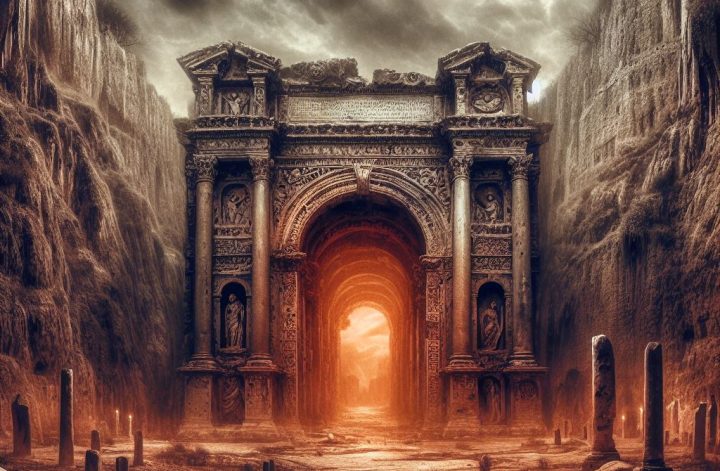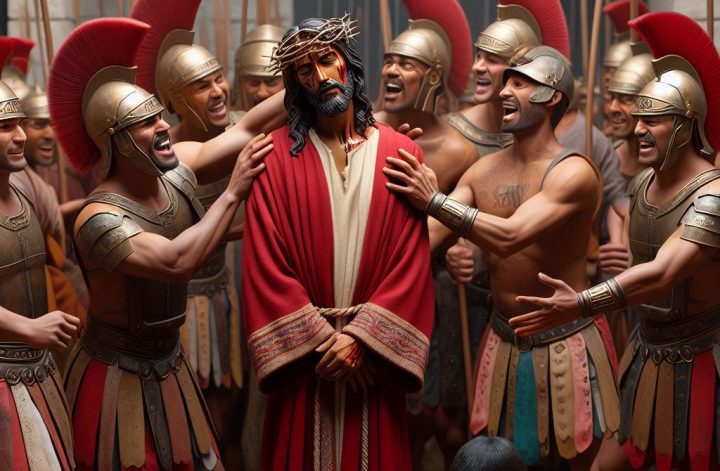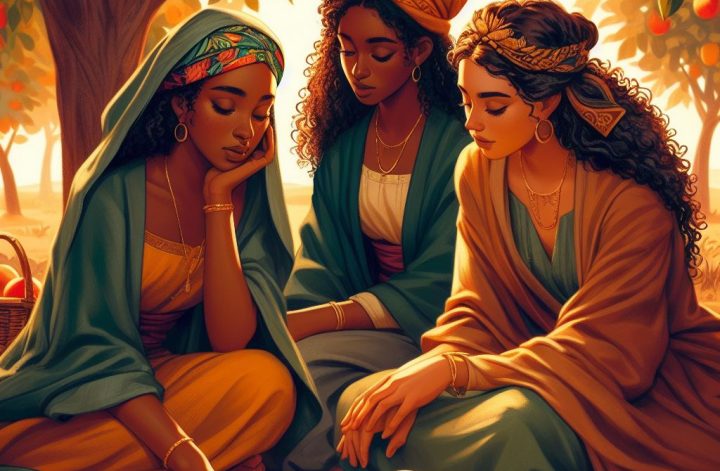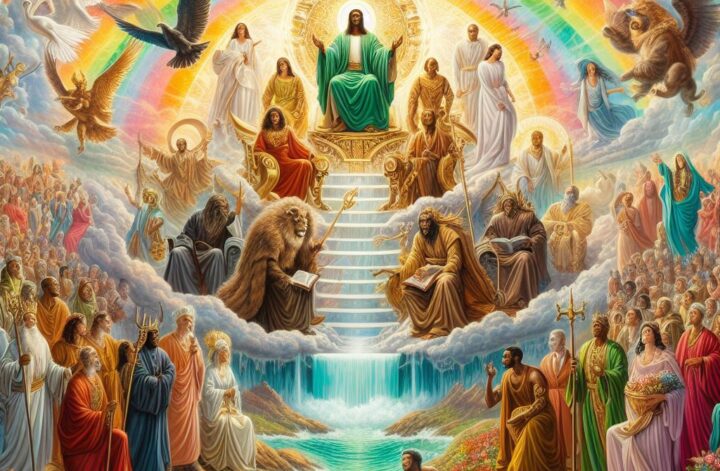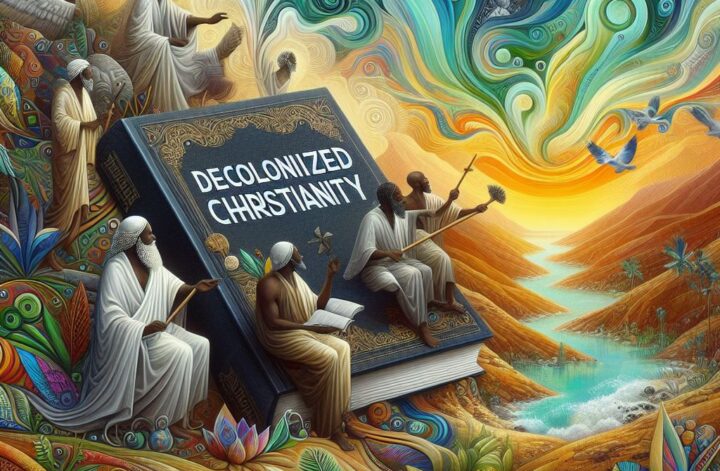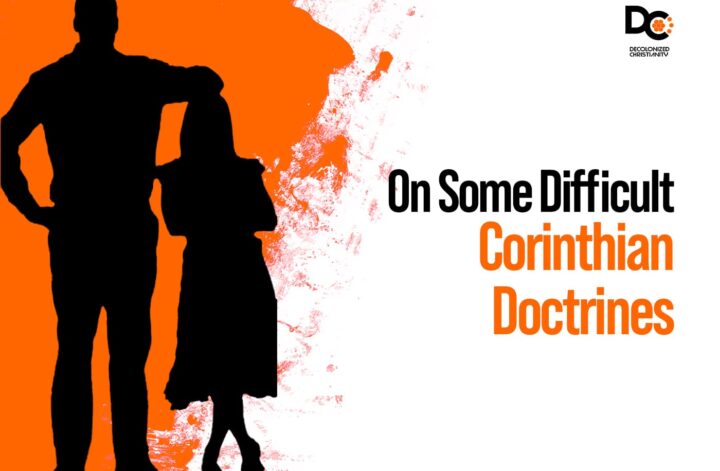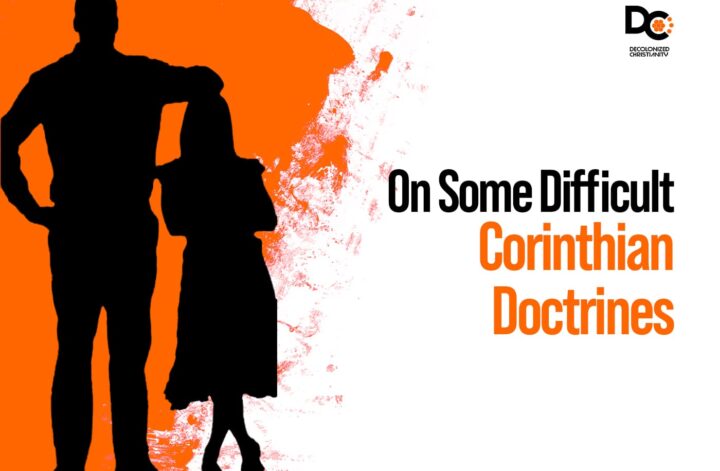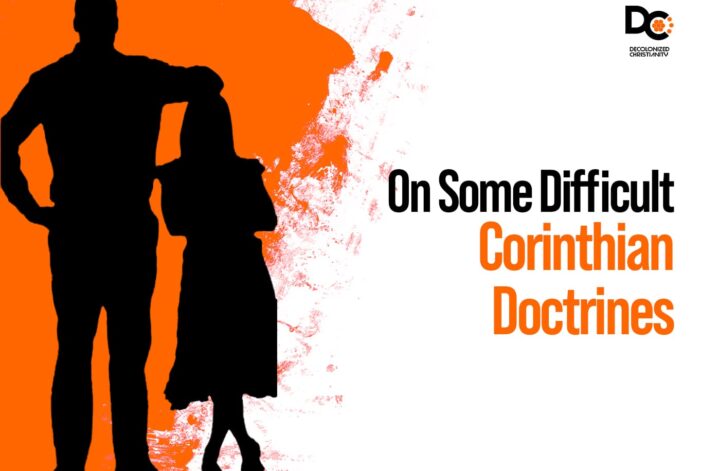When Jesus came to the region of Caesarea Philippi, he asked his disciples, “Who do people say the Son of Man is?”
They replied, “Some say John the Baptist; others say Elijah; and still others, Jeremiah or one of the prophets.”
“But what about you?” he asked. “Who do you say I am?”
Simon Peter answered, “You are the Messiah, the Son of the living God.” (Matthew 16:13-16)
Background: The Confession of Peter
The Confession of Peter is a famous passage in which Peter confesses Jesus as the Messiah and the Son of the living God. The Synoptic Gospels all record the event, but Matthew provides more details. In this piece, we shall mainly use Matthew’s account to explore the meaning of the event and Matthew’s literary use of the story in his Gospel.
Matthew’s Gospel is often described as the most Jewish of the canonical gospels. The claim is not without warrant. Matthew’s first step in his Gospel is to provide a genealogy that connects Jesus to both Abraham and David. That move is not trivial. The link to Abraham establishes Jesus as a legitimate, potential, promised “seed” candidate (Genesis 3:15, 22:18). Simultaneously, the connection to David evokes ideas of a messianic king – themes known to people familiar with the Jewish worldview. Matthew also portrays Jesus in ways reminiscent of Moses, the chief Apostle and Prophet of Judaism. Both Moses and Jesus escaped being killed as infants by the rulers of their times; Jesus’ Sermon on the Mount contrasts with Moses’ giving of the Law on Mount Sinai. Also, both men serve as deliverers of their people and perform miracles in the liberation process. Even in our day, the Jewishness of Matthew continues to be appreciated. I have watched several stories of Messianic Israeli Jews who embraced Jesus after reading Matthew.
In popular understanding, the Confession of Peter is important because it conveys divine revelation of Jesus’ true identity as the promised Messiah. That much is undoubtedly true, but Matthew does more in his telling, given the extra details he provides. Besides, we should notice that Matthew has already dropped numerous hints about Jesus’ true identity before Peter’s confession in Chapter 16. Let us consider a few of these hints.
Matthew’s Many Portrayal of Jesus as Yahweh
First, Matthew introduces John the Baptist as one preparing the way for Jesus in this way (3:3): “This is he who was spoken of through the prophet Isaiah: ‘A voice of one calling in the wilderness, “Prepare the way for the Lord, make straight paths for him.” ’ In the original Isaiah passage, “the Lord” was Yahweh. So, Matthew’s use of the passage ascribes the divine name to Jesus. In Matthew’s story, John the Baptist did not know at this point that Jesus was Yahweh. Still, a careful reader of Matthew’s work would have noticed this literary move.

